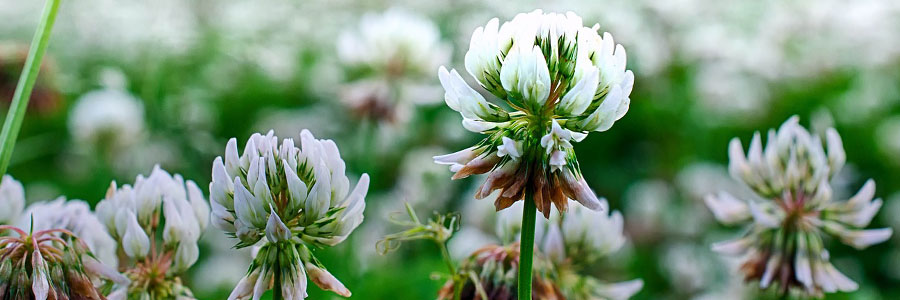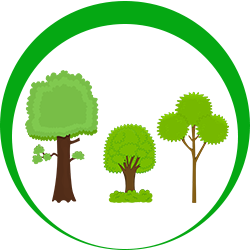Plant Structures Lab Stations Lesson Overview

The student will make observations and inferences about the different structures and functions of plant physiology through a hands-on cycle of exploration. This lesson introduces students to a variety of different types of plants and plant structures. Students will work cooperatively in small groups to rotate through a series of varied stations that allow them to explore, identify, and label different parts of several different plants including the parts of a flower, stem and root structures, and vascular tissue.
| Duration 60 minutes |
Setting Classroom/Lab |
Grouping 2-3 students per group |
PTI Inquiry 3.1, 3.3, 3.7, 4.2, 4.3, 5.2, 5.7, 5.8, 7.1 |
| Lesson Components | Time | Inquiry Skills | Tech. Used | Engage Level | Brief Description |
|---|---|---|---|---|---|
| Engage | 5 min | 5.8 | Projector, Video | 2 | Students will watch a video clip showing time lapse video of several different plants and plant functions. Students will discuss what they observed the plants doing. |
| Explore | 60 min | 3.1, 3.3, 3.7, 7.3 | Dissecting microscope (if possible) | 3 | Students will work cooperatively in small groups to rotate through a series stations that allow them to explore, identify, and label different parts of several different plants. |
| Explain | 10-15 min | 4.2, 4.3, 5.8 | none | 3 | Students will complete diagrams, observations, and analysis questions about the plants that they observe. |
| Expand | 5-10 min | 3.3, 5.2, 5.7, 7.1 | none | 2 | Students will engage in a discussion about the similarities and differences that they observed in the plants and their structure and functions. |
| Evaluate | 5-10 min | 7.3 | none | 1 | Students will complete a 5 question quiz that assesses their understanding of plants and the inquiry processes that they have been engaged in. |
| Level of Student Engagement | ||||
|---|---|---|---|---|
| 1 | Low | Listen to lecture, observe the teacher, individual reading, teacher demonstration, teacher-centered instruction | ||
| 2 | Medium | Raise questions, lecture with discussion, record data, make predictions, technology interaction with assistance | ||
| 3 | High | Hands-on activity or inquiry; critique others, draw conclusions, make connections, problem-solve, student-centered | ||
We love your feedback!
Please share your comments (e.g., strengths, areas for improvement, your implementation results if you taught the lesson in your class, and any modifications you made). Thanks!




